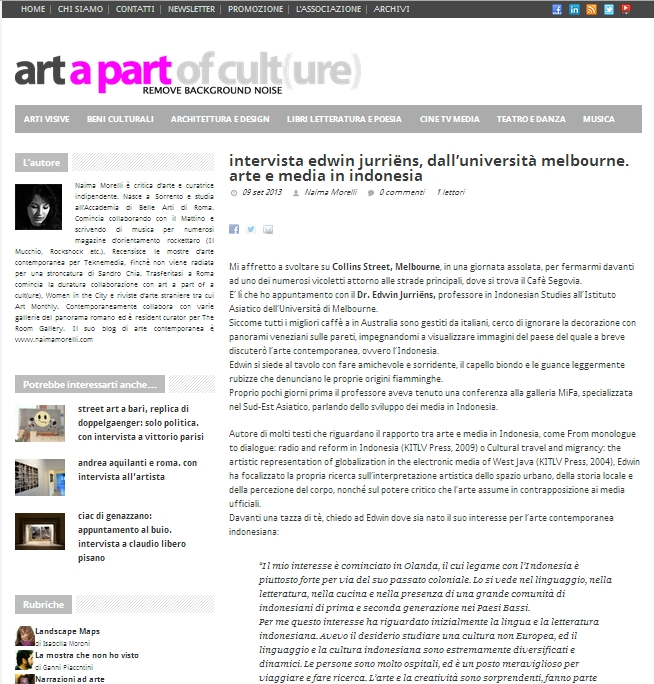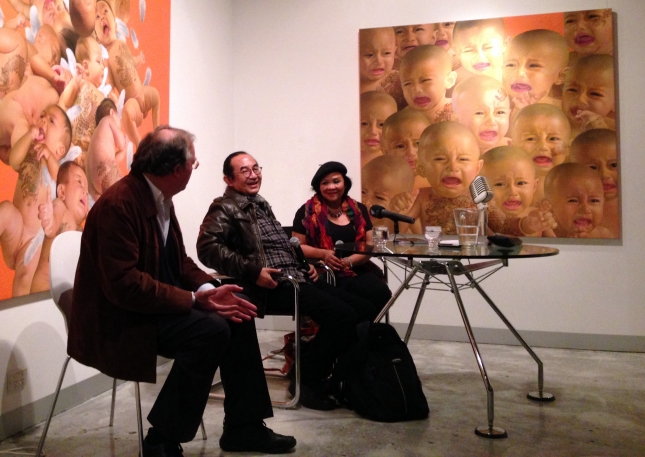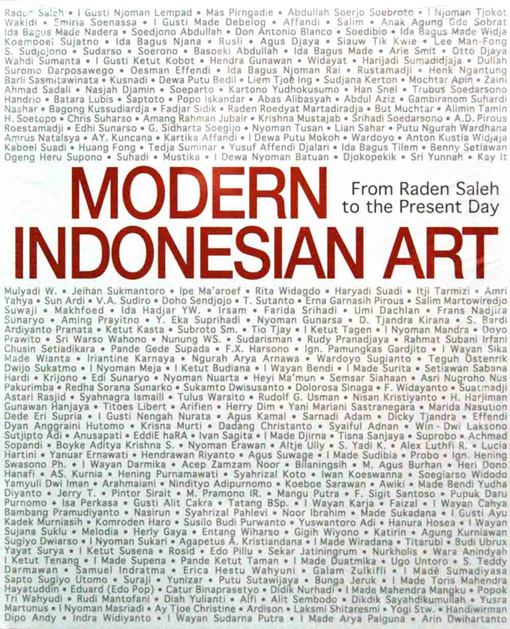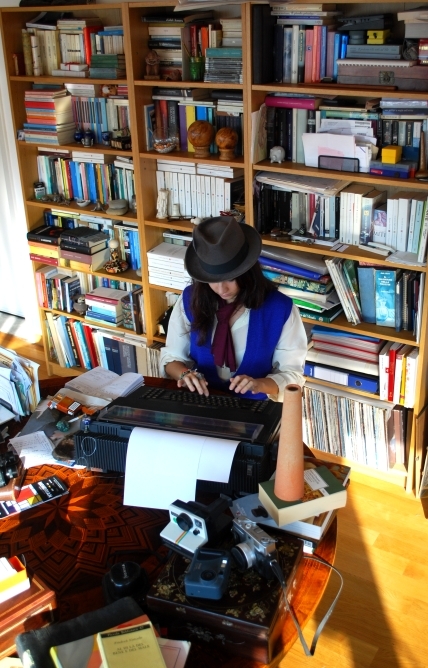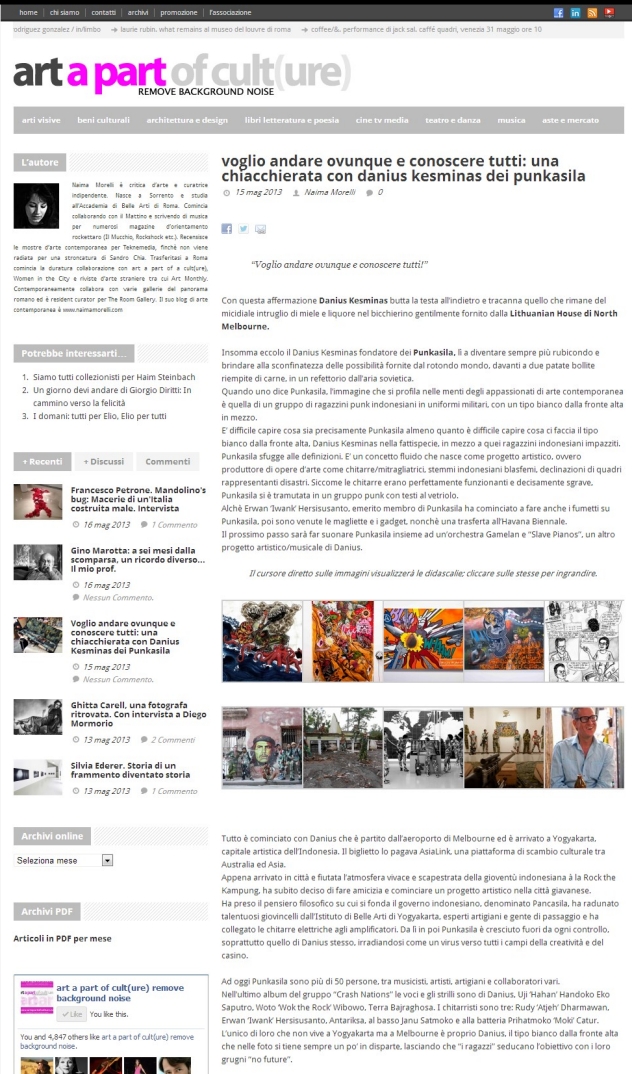
“The Act of Killing” is the kind of movie that shuts you up for at least fifteen minutes after the credits. It makes you so uncomfortable that you can just chatter about irrelevant stuff with your friends out of the cinema.
Then, on the tram the way home, you suddenly burst in wordiness.
What happened is that “The Act of Killing” has finally been screened in Italian cinemas.
I went to see it the other day with a group of friends at the “Cinema Aquila”, in Pigneto, Rome.
The Act of Killing is an unconventional documentary film directed by Joshua Oppenheimer.
The film deals with the systematic slaughter of real or supposed communists in the aftermath of a failed coup in 1965 that led to General Suharto assuming power.
The director was not interested in gave a full picture of the historical events though. He didn’t even mention Suharto once.
The documentary revolves instead around the character of Anwar Congo, a leader of paramilitary organisation Pancasila Youth, whose job was to kill prisoners.
Because the historical picture was only hinted, I wouldn’t say it is a movie specifically about Indonesia’s ’65.
I would rather say it’s a movie about “the act of killing” itself, the psychology of the killer and the banality of evil.
